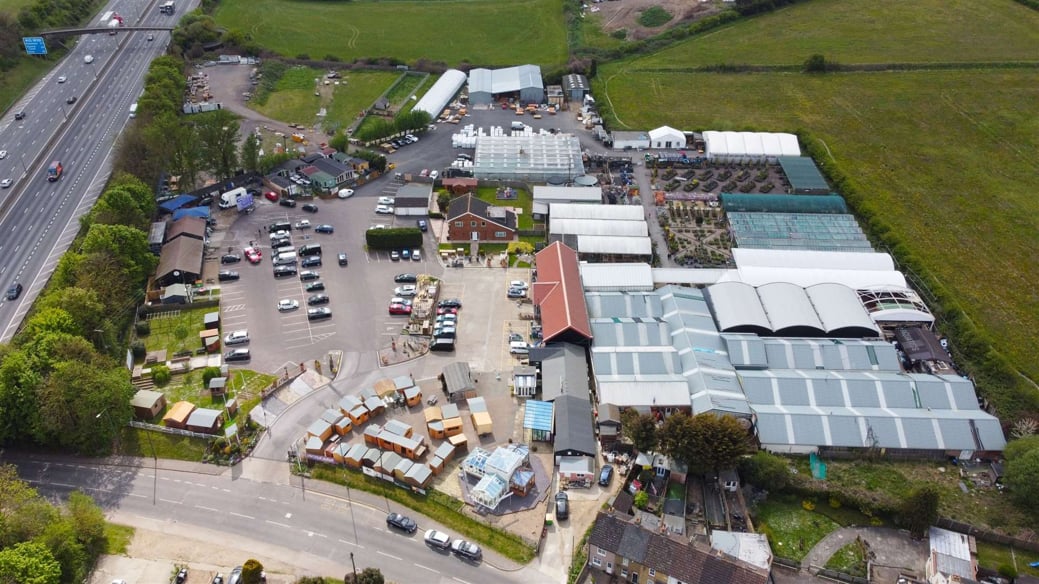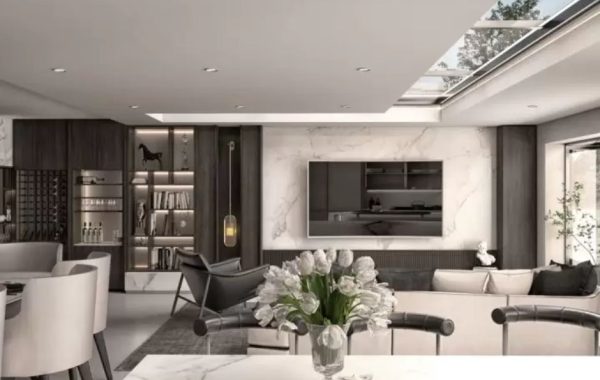From Past to Purpose: The Untold Evolution of Change of Use in Sutton-at-Hone and Hawley, Dartford
A Hidden Shift is Taking Place — and It’s Reshaping the Soul of Sutton-at-Hone and Hawley
Once famed for their rustic Kentish charm, winding lanes, and listed buildings, the villages of Sutton-at-Hone and Hawley have quietly entered a new chapter — one where ‘Change of Use’ isn’t just a planning term, but a powerful tool to redefine how space, heritage, and modern life intersect.
In this deep dive, we explore how changing the designated use of buildings — from barns to boutiques, chapels to co-working hubs — is transforming the way locals live, work, and invest. If you thought planning applications were mundane, prepare to have your perspective rewritten.
🧱 What is “Change of Use” — And Why is it Pivotal Here?
In planning terms, a Change of Use means altering how a building or land is officially used — for instance, switching from residential (Use Class C3) to a café (Class E), or from agricultural use to a wedding venue. But in Dartford Sutton-at-Hone and Hawley, it often means much more than that: it represents a tension between preservation and progress.
In an area where ancient barns coexist with mid-century council homes, and where former chapels sit derelict beside bustling schools, change of use becomes a surgical planning intervention — one that can rejuvenate a site without tearing down its story.
🔍 Why Sutton-at-Hone and Hawley are Uniquely Suited to Adaptive Reuse
Unlike many parts of Dartford, Sutton-at-Hone and Hawley possess a unique blend of semi-rural character, heritage assets, and underused land parcels. This makes them ideal for creative reimaginings:
Former agricultural buildings are being eyed by eco-conscious entrepreneurs for sustainable retail.
Disused outbuildings and stables are being transformed into modern home offices or art studios under Class MA permitted development rights.
Redundant public buildings, such as small libraries or halls, are gaining new life as day nurseries, gyms, or wellness centres.
In these villages, change of use is about purpose, not just profit. Residents and investors alike are increasingly drawn to conversions that maintain the architectural soul while unlocking economic potential.
⚖️ Planning Permission: Local Nuances and Strategic Navigation
Getting a change of use approved in Dartford Borough Council’s planning remit isn’t just ticking boxes. Especially in conservation-sensitive villages like Sutton-at-Hone, the planning journey involves:
Conservation Area Awareness: Though not every part of Sutton-at-Hone or Hawley is in a designated conservation zone, proximity to listed buildings requires sympathetic alterations.
Transport Considerations: The semi-rural nature of the area means parking, access, and sustainability impact are heavily scrutinised.
Community Impact: The council actively considers whether a change will serve local needs, especially in areas short on amenities or employment hubs.
Strategically, pre-application advice is a critical step. Early engagement with planners can make or break a proposal, especially if you’re proposing something less conventional (like a chapel-to-cinema conversion).
💼 Popular and Emerging Change of Use Trends in the Area
The transformation in Sutton-at-Hone and Hawley isn’t limited to obvious conversions. In fact, some of the most imaginative changes come from lateral thinking and hybrid planning. Notable trends include:
Agricultural to Commercial: Former storage barns being converted into logistics hubs or rural e-commerce facilities.
Retail to Residential: As local high street shops struggle, savvy developers are acquiring small retail units and converting them into desirable 1- and 2-bedroom flats.
Place of Worship to Co-Living Spaces: Some underused religious properties are being converted into community-based housing models, with shared kitchens and creative space.
Garage Clusters to Studios: Rows of redundant garages are being swapped for fully self-contained live/work micro-apartments — ideal for young professionals.
These aren’t just functional changes — they are architectural narratives, reshaping identity while preserving local texture.
🧠 The Psychological Layer: Why Change of Use Resonates in Sutton-at-Hone and Hawley
There’s an intangible aspect to this transformation. In villages with strong historical roots, locals often view buildings as keepers of memory. Rather than demolishing the old, change of use lets the past whisper through the present.
That barn once held feed — now it holds a bakery. That vestry once echoed hymns — now it echoes laughter during yoga sessions.
This subtle act of reuse bridges generations, enabling modern function without erasure.
💸 Investment Outlook: A Goldmine of Low-Risk, High-Return Conversions?
From a property and development standpoint, Sutton-at-Hone and Hawley offer a rare combination of untapped opportunity, strategic location near Dartford, and lower initial purchase costs compared to London.
For savvy investors:
Change of use can unlock higher ROI without new construction.
Reduced competition means fewer barriers to entry.
Council support for community-based regeneration projects opens the door to grant-backed conversions or business rate incentives.
The secret? Get creative, get local, and get planning-savvy.
🌿 Final Thoughts: Future-Proofing a Village Through Thoughtful Transformation
Sutton-at-Hone and Hawley are not chasing gentrification — they’re crafting a quieter revolution, one conversion at a time. With a sensitive yet visionary approach to Change of Use, these Dartford villages are setting a precedent: that progress needn’t mean demolition, and modernisation can honour memory.
In an era of rapid urban sprawl and identical high-rises, Sutton-at-Hone and Hawley stand as a blueprint for human-scale regeneration — adaptive, intuitive, and rooted in place.





